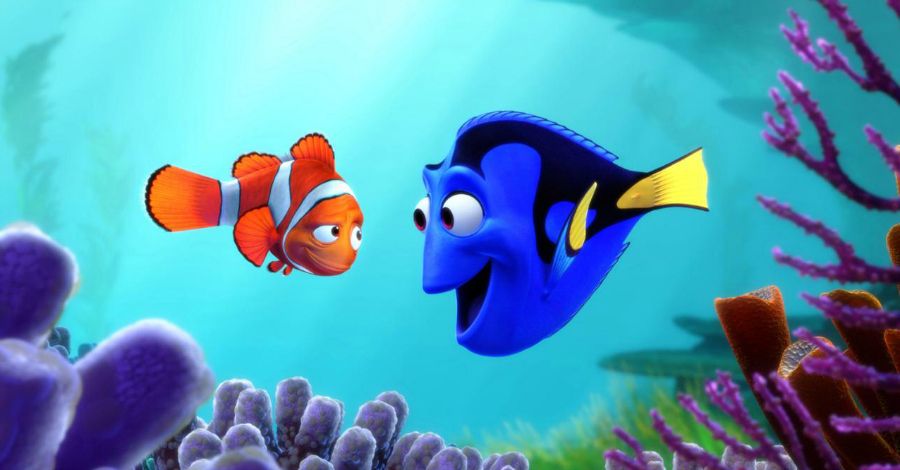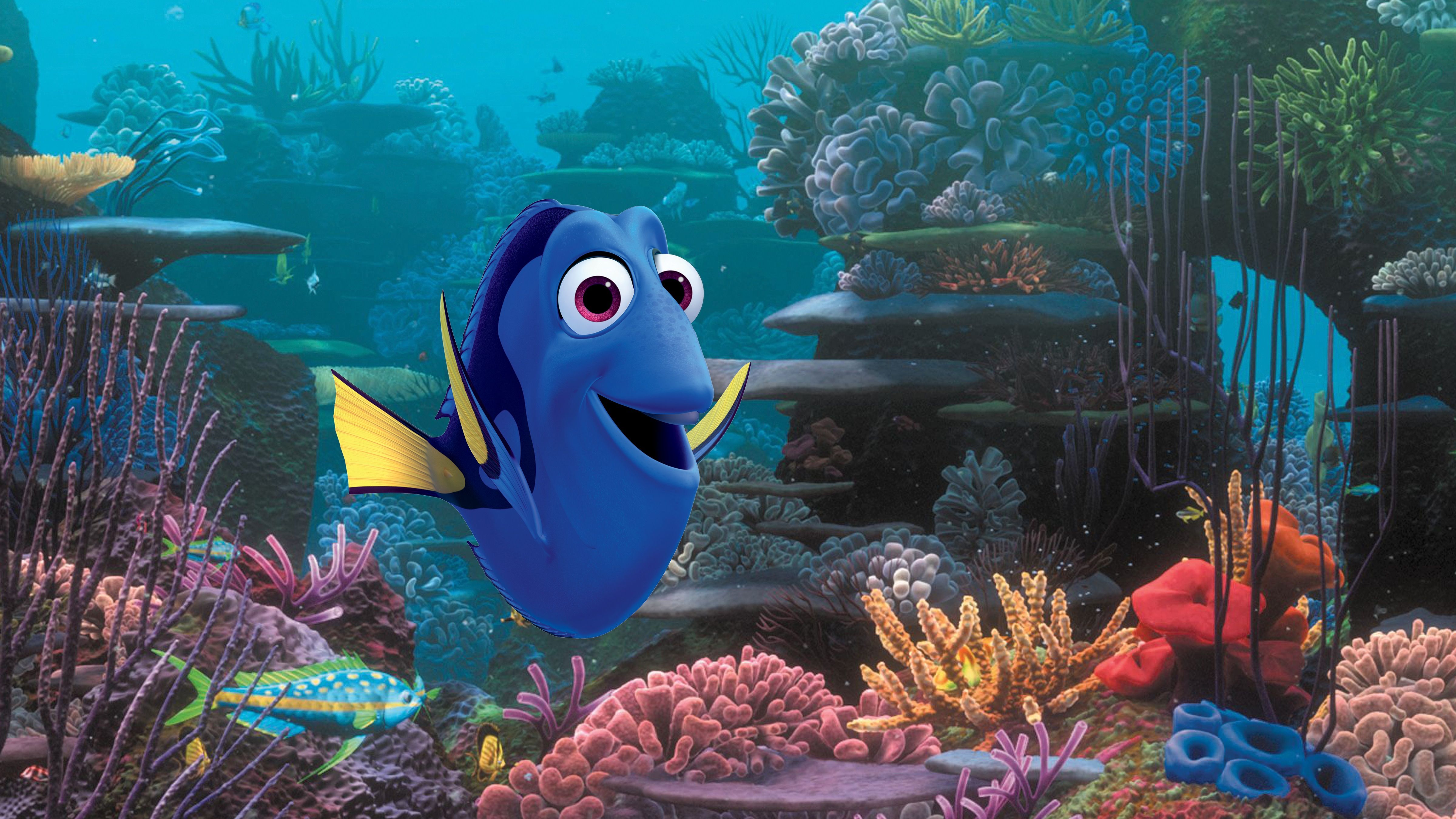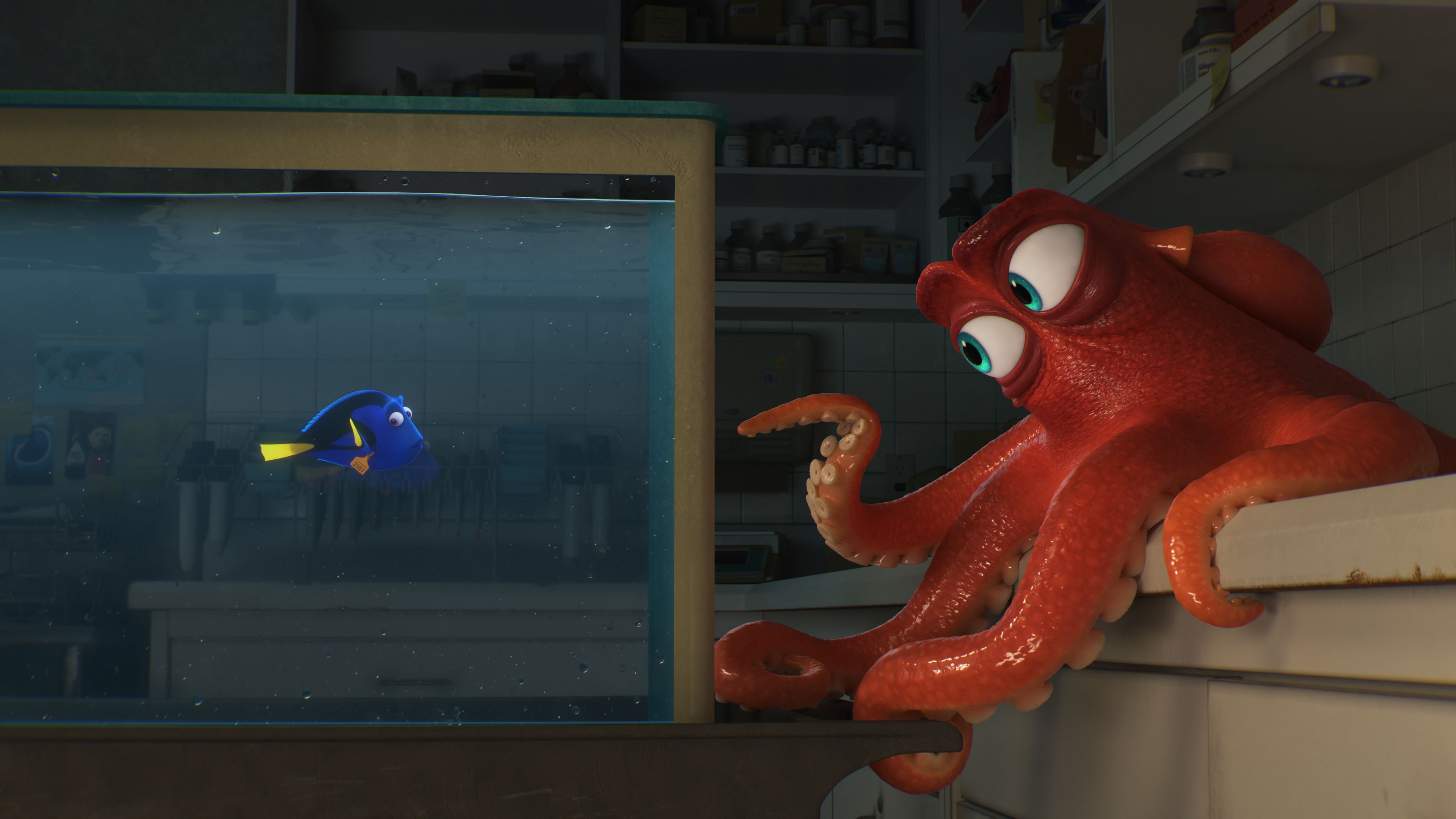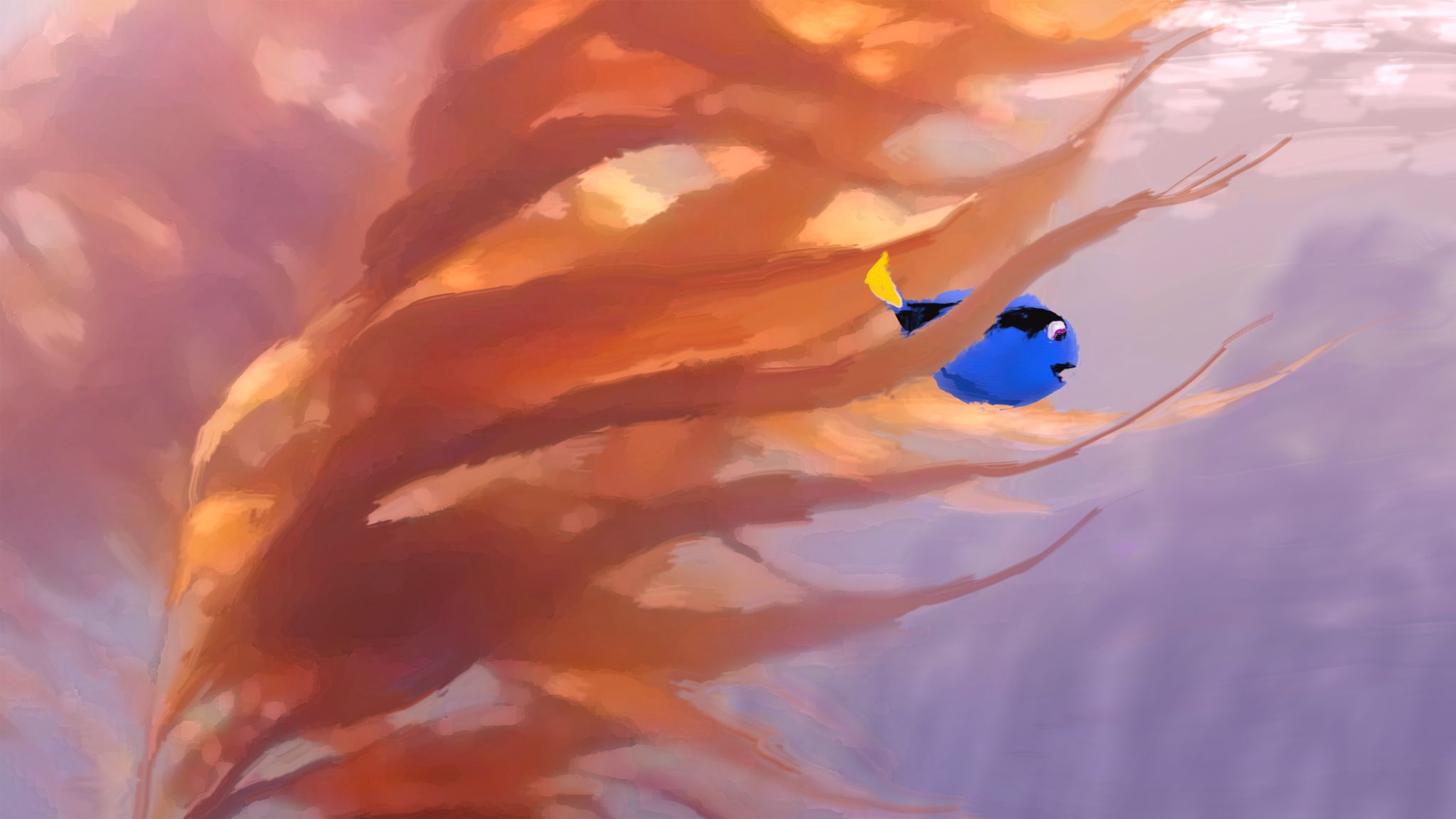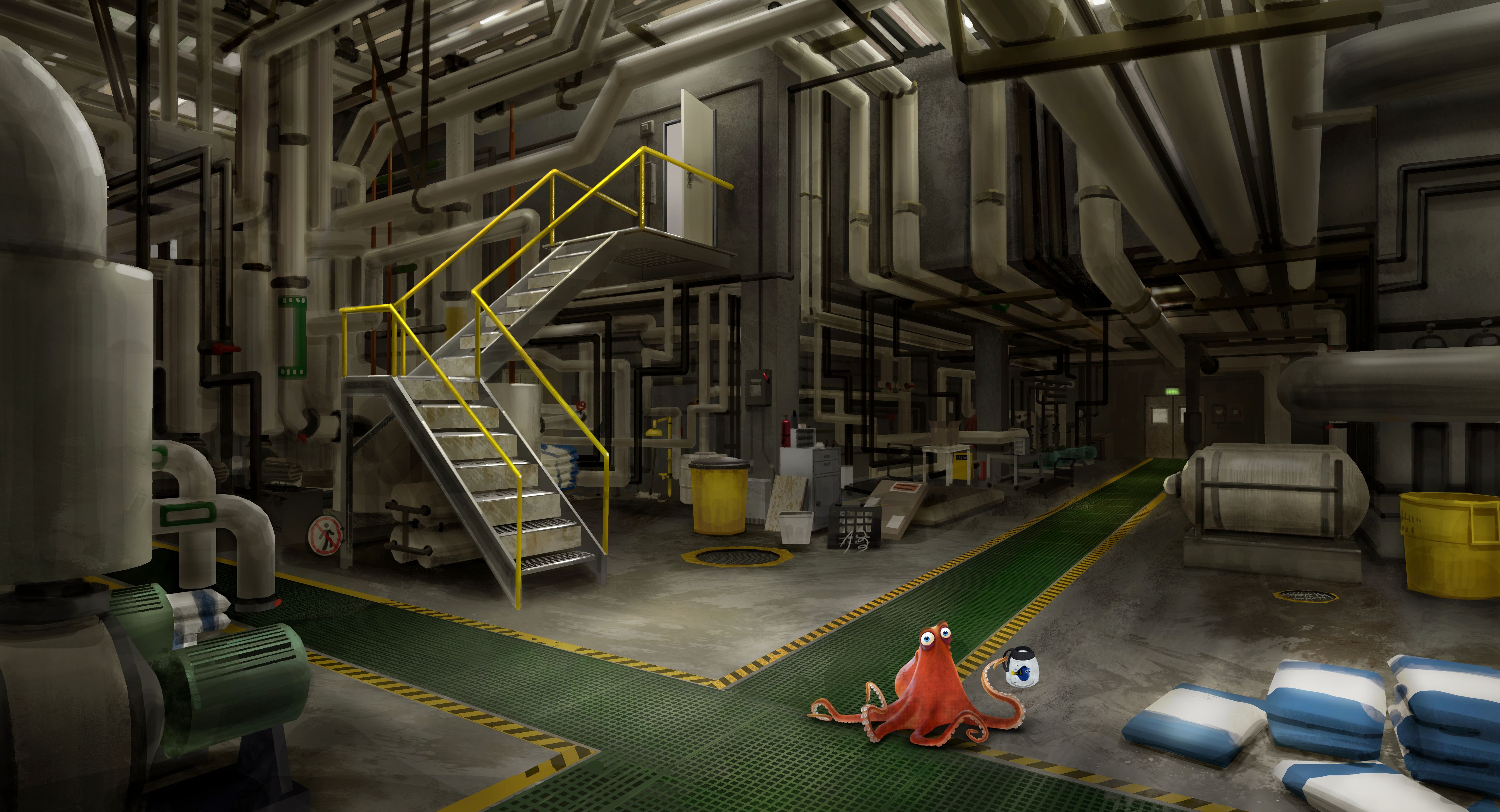Disney originally had no plans for a sequel to Pixar's 2003 hit "Finding Nemo," but director Andrew Stanton kept thinking, "Does Dory have a family? Where is she from? Is there more to her story?"
Those questions kept prodding him, and a few years ago he decided to explore those answers in "Finding Dory."
Opening June 17, the comedy adventure follows Dory on her trek across the "big blue" to find her parents. Considering she suffers from short-term memory loss, that journey will be difficult, and Dory will have to rely on friends -- both old and new -- in ways she never has before.
SPINOFF was among a group of journalists that spent a weekend last month with some of the creators of "Finding Dory" at the Monterey Bay Aquarium in Monterey, California. While there, we were treated to early footage, including the first 13 minutes of the film, and scenes where Dory meets her new friends Hank, Bailey and Destiny. Like Dory, each of these characters has a disability they believe keeps them separate from other creatures.
During the event Stanton addressed how Dory has always been a tragic character, and how he decided to explore her backstory.
"Back in 2010 I watched 'Finding Nemo.' I hadn't watched 'Nemo' since 2003, and it just got me thinking that there's no way Dory could find her way back to Nemo and Marlin if she ever got separated from them," he said. "She was in the same place at the end of the film that she was at the beginning. She needed to grow as a character in this new film."
New Characters
"Finding Dory" introduces audiences to three new key characters: Hank, a cantankerous camouflaging septopus (the octopus is missing a tentacle) voiced by Ed O'Neill; Destiny, a clumsy whale shark played by Kaitlin Olson; and Bailey, a hypochondriac beluga whale voiced by Ty Burrell. Each of them will aid Dory in her quest to find her parents, and help her grow emotionally. She will transition from a supporting character to a main character in 'Finding Dory,'" Stanton said.
Character art director Jason Deamer called Hank "the most difficult character we have ever worked on at Pixar." That's in large part because, as character supervisor Jeremie Talbot explained, Hank's tentacles had to "look like legs." "We actually drew inspiration from the snake in 'The Jungle Book,' Kaa, who slid around without ever lifting up on her body," he said.
Designers spent countless months just developing the code for Hank's movements. When they handed him over to the animators, supervising technical director John Holsted said, "They built us a Ferrari and we didn't know how to drive it."
The animation team then had to learn how to move Hank before they could start putting him in the flexible positions required for the film.
New Locations
One of the great surprises of "Finding Dory" is that it doesn't take place in the ocean like "Finding Nemo" did. Instead, much of it is set at the Marine Life Institute, an aquarium and rehabilitation center modeled after the Monterey Bay Aquarium. During the press tour, journalists were shown the actual octopus on which Hank was modeled.
Animators and designers spent months studying the aquarium, drawing every nook and cranny of the facility. They paid close attention to the quarantine center, which is off limits to the public. Jeremy Lansky, "Finding Dory's" director of photography, said they had to "study all of the light and shadow patterns of the aquarium to mimic it correctly in the film."
Production designer Steve Pilcher and sets art director Don Shank explained they wanted "Finding Dory" to reflect two worlds -- the fish and the human.
"The safe, warm, colorful 'curvilinear' world of the ocean is where a fish can swim, eat, and hide from predators if necessary," he said. "The human world is monochromatic, gray, cold and daunting. There is a lot of open space in the human world, which leaves Dory feeling lonely and exposed."
"The differences in the color palates, textures and settings always emotionally inform Dory's journey in the film," Pilcher added. "When Dory has a low point, the colors will be very dark and murky. When Dory experiences a victory, the colors will be bright and vibrant. These are all the things we plan out when we designed the world of 'Finding Dory.'"

